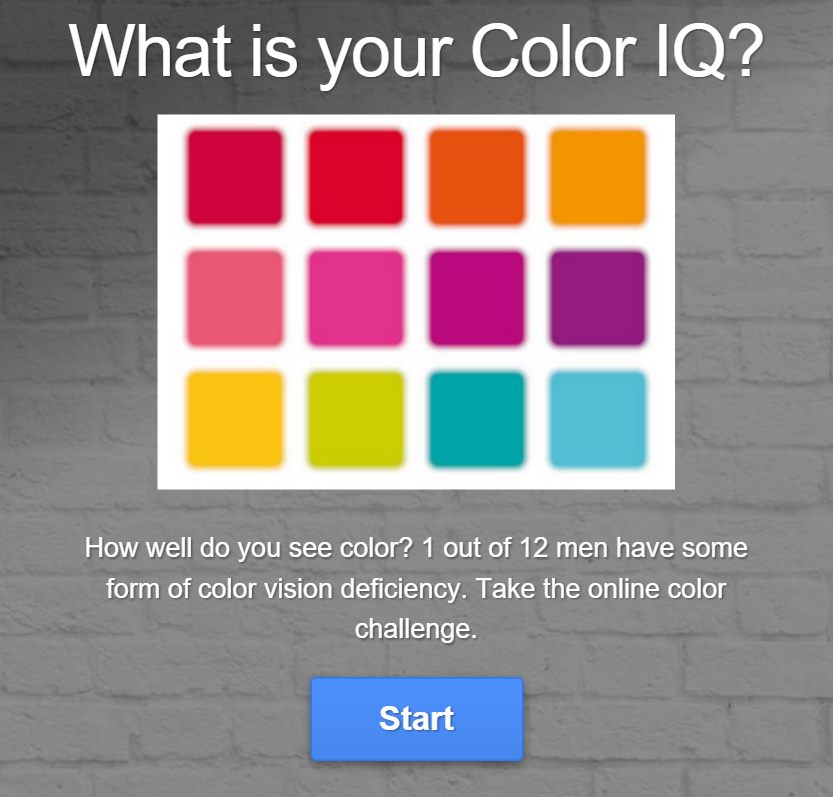Description
Ben & Lisa Woods are both Registered Massage Therapists who are in their 4th yr of education at the Canadian College of Osteopathy in Toronto, Ontario. Since 1890, the Osteopathic approach has been to treat the whole body as a living, thriving being, with the innate ability to heal itself.
By assessing the overall health of an individual, and not focusing just on pain symptoms, we're able to find the root causes of dysfunction.
This form of therapy is safe for almost everyone, including newborn babies.
By treating children early on, we're able to aid in removing the barriers preventing proper feeding, digestion, and breathing/lung function, common obstacles that many babies face in their early days.
Often times, babies enter the world under stressful situations, with excess pressure on their craniums. Some bounce back fine, while others carry the emotional imprint and physical strains of birth.
Prolonged compression of the cranial base during a long labor/birth (or birth with forceps) can lead to compression of cranial bones and nerves, implicating proper tongue and swallowing functions in the newborn. Cranial osteopathy for babies has proven to be wonderfully successful for improving the suck/swallow mechanism, thus improving their ability to thrive.
For your individual assessment, or for more information on osteopathy for children, please email us today.
Tell your friends
RECENT FACEBOOK POSTS
facebook.comHow Osteopathy approaches neck pain Your neck's job in life is to support our big heavy heads on top of a skinny little spine. It's top heavy, and needs to be highly mobile. Just think of holding an umbrella on a windy day, and you can get a sense of the type of stabilizing your muscles are handling. In addition, your neck is responsible for making up for the twists and turns going on in your body below, and making sure that you head is still able to stay straight and keep your eyes level with the horizon. It's not an easy life being a neck! It's no wonder that neck pain is one of the most common complaints coming in to our clinic. So how does osteopathy approach neck pain, and what makes osteopathic treatments so successful? We don't treat just your neck! For a treatment to be successful, we believe you need to balance not only the muscle systems, not only the skeletal system, but also the visceral (organs), neurological (nerves), vascular (blood supply), and the multitude of connective tissues attached. Here are a few interrelationships we look at: - mobility and position of the entire spine - muscle imbalances above & below, in front & behind - connective tissue pulling from distant tissues (see our post from Oct 18, 2015) - locally compressed nerves - nerves "feeding back" from organs in distress, causing muscle tension and possibly spinal deviations. - adhesions of tissues (organs or muscles not sliding past each other as they should in a healthy state) holding your body in poor posture - impaired blood flow, affective health, flexibility, and suppleness of tissues. The list goes on! If a bone attached to a neck muscle is limited in its range, it will cause muscle tension. If a nerve is stretched or compressed, it will impact muscle tone (possibly limiting a bone's range of motion). If an organ is disturbed due to inflammation, infection, pharmaceuticals, or traumas, it will be an anchor on the tissues it is attached to, and you will see disturbances along its' corresponding neurological pathways as well. Sheets of deep cervical fascias attach at the base of your skull at one end, and to your heart and diaphragm at the lower end. If you shorten these sheets, it will compress your spine and apply tension like that of a bow and arrow when you pull the string. You can massage or adjust that neck every week, but unless that internal connective tissue is released, there is no reason to expect the corrections to last. The osteopathic approach is to look at every body system, assess its health and mobility, and restore it to proper function. Treatment of neck pain, in our eyes, should never be limited to your neck!
Timeline Photos
Did you know we offer paediatric care? Babies have limited methods of communication, and when they’re not feeling right, crying is their main tool. Persistent crying can be confusing, tiring and frustrating for new parents, because trying to find out why your baby is crying can be seemingly impossible. Sometimes there can be physical and emotional reasons why babies cry incessantly. Birth itself can leave a newborn with emotional or physical trauma. Most babies bounce back from the birth process without complication, but some have lasting somatic dysfunction that can result in difficulty feeding (resulting in lower milk production by the mum), continued vomiting/spitting up, colic, poor digestion and ongoing discomfort. This is largely in part from compression of the cranial nerves in the brain during birth, especially if it is long and difficult. Osteopathic cranial treatment can help to greatly reduce the symptoms that babies experience from a traumatic birth. If you’d like more information on paediatric osteopathy, contact us today :)
Book appointment directly from Facebook! Click "More" for the option to book an appointment :)
Woods Manual Therapy's cover photo
Woods Manual Therapy
Did you know you can book your appointment online? Just visit our website and click away! http://woodstherapy.ca/
The Colleges of Osteopathy
Quiz


